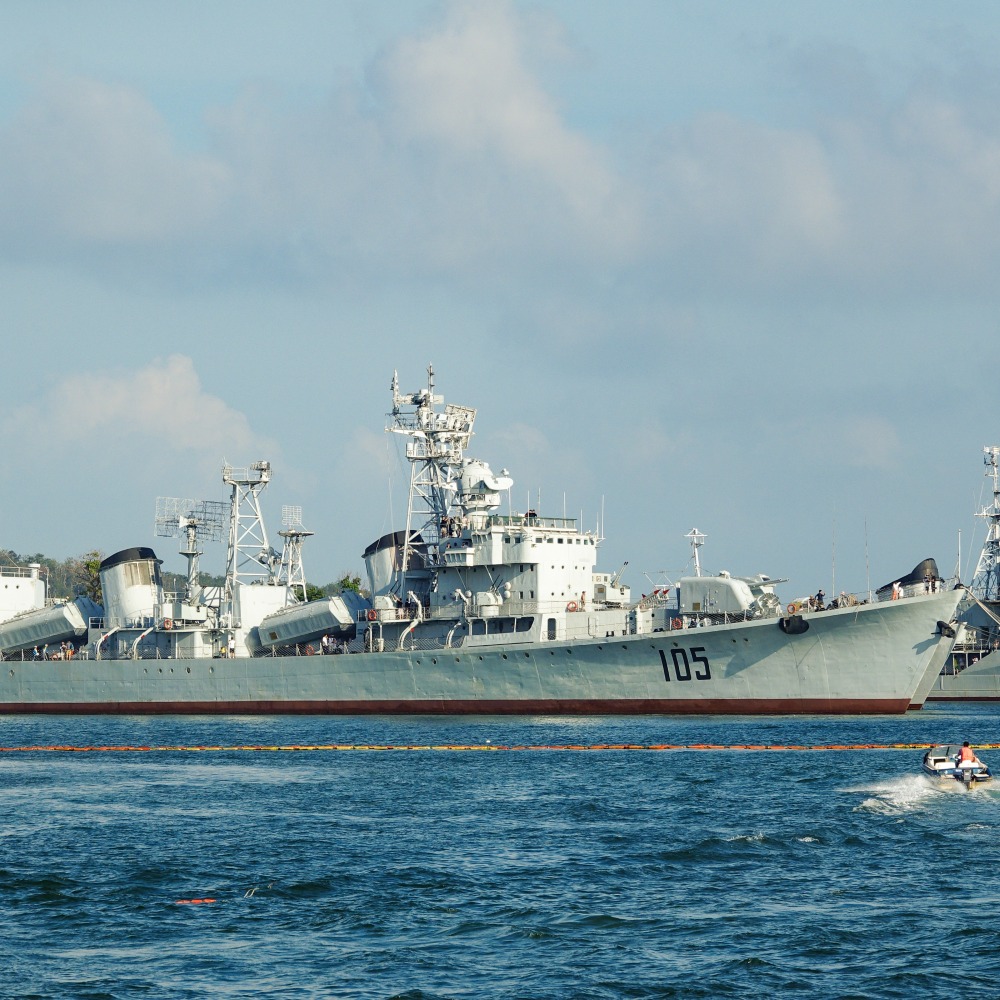Published : 2024-09-09
On September 9, 2006, China's first space-breeding satellite "Shijian-8" (實踐八號), was launched into space.
The Shijian-8 satellite, developed by China, consists of a re-entry module and an instrument module, with a total length of 5,144mm and a maximum diameter of 2,200mm.
The launch of the Shijian-8 satellite was part of a space-breeding project, which involved the development, launch, recovery of breeding satellites, ground cultivation of seeds, and studies on mechanisms and simulation tests.
The Shijian-8 satellite carried about 215 kilograms of materials, including grain, cotton, oil, vegetables, fruit flowers, and over more than 2,000 crop seeds and microorganisms, totalling 152 species.
This included 133 species of plants, 16 species of microorganisms, and 3 species of animals for the mutation flight experiment in space.
The satellite also carried a number of space environment detection devices for detecting space radiation, microgravity, and geomagnetism, and conducted comparative studies on space environment induced mutation breeding.
Practice has proven that space-breeding can achieve results that are difficult to obtain with ground mutation breeding and has become an effective way and method to apply advanced technology to crop genetic improvement.
With space breeding, it is hoped to achieve breakthrough new crop varieties and space breeding technology with independent intellectual property rights in China.































